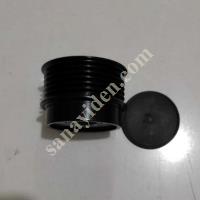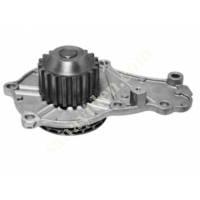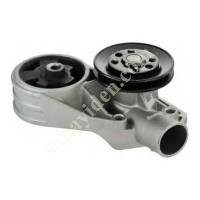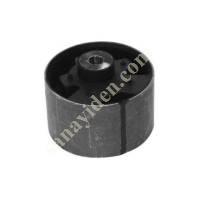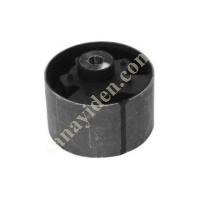 Pulleys and Gears: An All-in-One Guide to Understanding How They Work!
Pulleys and Gears: An All-in-One Guide to Understanding How They Work!In today's world, there are many options when it comes to getting things done. But for most people, traditional working methods are still invaluable. That's why we've put together this definitive guide to pulleys and gears. You will learn how these two essential tools work together and see how they can help you do your job faster and more efficiently.
What are Pulleys and Gears?
Pulleys and gears are a type of gear used in various machines. They allow objects to be moved using the movement of the Pulley and Gear. These items can include cars, horses, and other vehicles.
What are Pulley and Gear Types?
There are many different types of pulleys and gears available on the market today. Some of these types include belt pulleys, toothed pulleys, worm pulleys, NPT valves and MAFs (engine oil filters).
What are the Gear Types?
There are four main types of gears: linear (linear or round), eccentric (eccentric or helicoidal), torsion (torsion or twist), and shear (shear or blade). Each type has its own advantages and disadvantages that may be important to consider when choosing a gear type for your particular project or needs.
How to Use Pulleys and Gears.
To use a spool, first tie the ends of the gear together. The pulley should be able to move the gear, but not necessarily perfectly. You can get it to work with a little creative engineering!
First, find the reel numbers at the top and bottom of the pulley. These will determine which side of the pulley must be engaged for the gear on that side to rotate.
Then find a way to connect two of these numbers together to form a knot. This knot should fit snugly around one of your gears and pull it towards the center of the pulley (see image below).
Once everything is connected correctly, you can start moving the gear by pulling on one of its ends. The knot must be held tight and ensure that all gears are turned in exactly opposite directions!
How Do You Keep Your Equipment Working?
The first and most important step in keeping your equipment working properly is to keep it clean. Dirt, dust and other debris can prevent the Equipment from working as intended or, worse, not working at all. Keep your equipment clean by regularly cleaning both the inside and outside with a mild detergent and warm water.
Be sure to keep your equipment dry by spraying a plastic spray bottle filled with water (or placing it on a heating pad) for 30 seconds before using your equipment. Finally, keep your hardware working properly by following these tips:
- Make sure all bolts are well tightened and the washers are firmly seated on the gear teeth.
- Be sure to use the correct manufacturer's specifications when ordering parts or assembling the machine.
- Use good quality lubricants as needed and follow the manufacturer's instructions closely.
conclusion
Gears and pulleys are two of the most important pieces of equipment in a business. By using them correctly, you can keep your equipment working properly and keeping it in good condition. Additionally, by keeping your hardware running Properly, you can maintain a high level of quality and consistency throughout your business.

